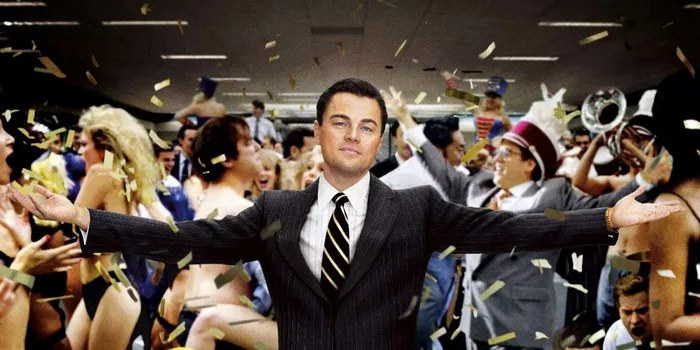Martin Scorsese’s “The Wolf of Wall Street” is a cinematic rollercoaster that takes viewers on a wild ride through the life of Jordan Belfort, a stockbroker whose insatiable greed and unscrupulous practices lead to a meteoric rise and an inevitable fall. The film, based on Belfort’s memoir, explores the darker side of ambition, wealth, and excess. In this article, we will delve into the ending of “The Wolf of Wall Street,” dissecting the consequences of Jordan Belfort’s actions, the disintegration of his marriage to Naomi, and the ultimate message about the intoxicating allure of greed.
The Highs and Lows of Jordan Belfort’s Journey
Throughout “The Wolf of Wall Street,” we witness Jordan Belfort’s relentless pursuit of wealth and power. His journey from a hungry young stockbroker to the charismatic and debaucherous leader of Stratton Oakmont is marked by extravagant parties, extravagant spending, and a complete disregard for the law. Belfort revels in the high life, accumulating wealth beyond imagination and indulging in every form of excess.
However, it becomes increasingly evident that Belfort’s success is built on fraudulent practices, manipulative sales tactics, and the exploitation of unsuspecting investors. His unethical behavior not only leads to the downfall of countless individuals but also draws the attention of law enforcement agencies, setting the stage for his eventual undoing.
The Deterioration of Belfort’s Marriage to Naomi
While “The Wolf of Wall Street” paints a vivid picture of Belfort’s rise in the financial world, it also delves into the personal consequences of his actions. One of the most significant casualties of his reckless pursuit of wealth and power is his marriage to Naomi Lapaglia, portrayed by Margot Robbie.
Belfort’s infidelity, drug abuse, and erratic behavior drive a wedge between him and Naomi, resulting in the deterioration of their relationship. His insatiable appetite for excess creates an irreparable rift, ultimately leading to their divorce. The film captures the devastating toll that Belfort’s choices take on his personal life, highlighting the collateral damage inflicted by his unchecked greed.
The Unraveling of the “Pump-and-Dump” Scheme
As the film hurtles toward its conclusion, the full extent of Stratton Oakmont’s illegal activities comes to light. The “pump-and-dump” scheme, which involves artificially inflating the price of a stock to profit from its sale, is revealed in all its fraudulent glory. Belfort and his cronies engage in this deceitful practice, manipulating the stock market to siphon off millions of dollars.
However, their illicit actions do not go unnoticed. The authorities catch wind of the scheme, leading to investigations, arrests, and the eventual closure of Stratton Oakmont. Belfort’s world comes crashing down as he faces legal consequences for his actions, leading to his arrest and conviction.
The Message of “The Wolf of Wall Street”
“The Wolf of Wall Street” is more than just a cinematic exploration of excess and debauchery; it serves as a cautionary tale about the intoxicating power of greed. Belfort’s insatiable appetite for wealth and his willingness to sacrifice ethics, morality, and even personal relationships in its pursuit ultimately lead to his downfall.
The film drives home the message that unchecked greed can be a destructive force, not only for the individual consumed by it but also for the lives and livelihoods of those who become collateral damage. It challenges the notion that wealth and success are inherently virtuous and serves as a stark reminder of the importance of ethical conduct and responsibility.
In conclusion, “The Wolf of Wall Street” provides a gripping and cautionary ending to Jordan Belfort’s story. It exposes the consequences of unchecked ambition, the disintegration of personal relationships, and the stark reality of facing the legal system’s consequences. Through its darkly comedic lens, the film encourages audiences to reflect on the dangers of unbridled greed and the imperative of ethical choices in the pursuit of success.

